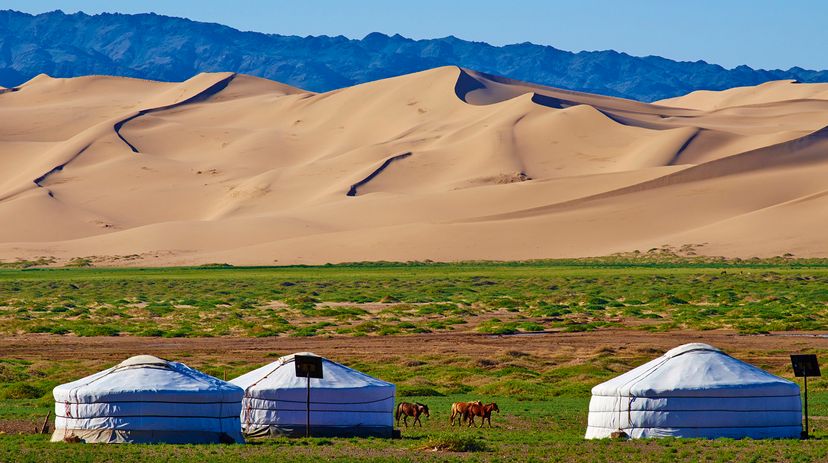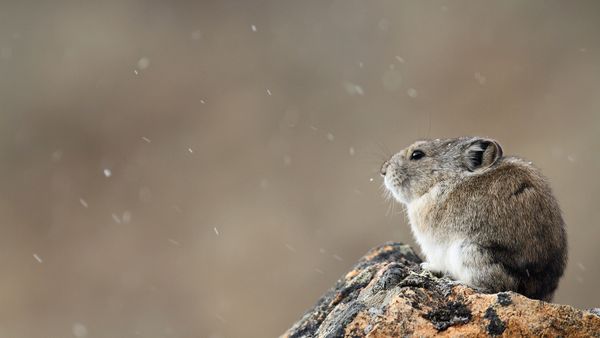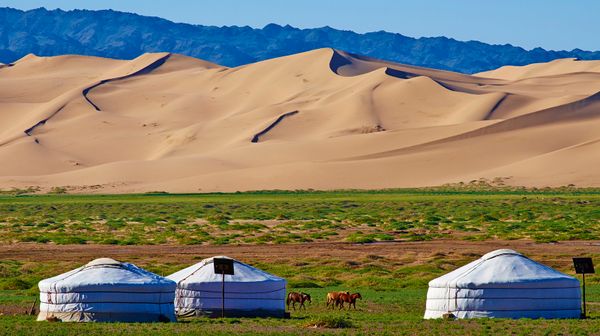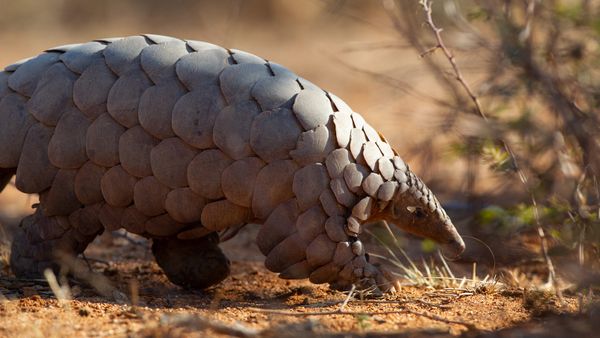
Key Takeaways
- The Gobi bear, found exclusively in Mongolia's Gobi Desert, is the world's rarest brown bear, with an estimated population of only 31 individuals.
- These bears face challenges such as habitat loss, climate change and low genetic diversity.
- Conservation efforts, including the Gobi Bear Project, focus on tracking, supplemental feeding and genetic analysis to support and protect this critically endangered species.
The Gobi bear, scientifically known as Ursus arctos gobiensis, is a brown bear subspecies found exclusively in Mongolia's Gobi Desert. Also referred to as the Mazaalai in Mongolian, this unique bear is categorized as "critically endangered" by the International Union for Conservation of Nature (IUCN) Bear Specialist Group the Mongolian Red Book of threatened species.
With its small population size and extreme habitat, the Gobi bear faces numerous survival challenges. In this article, we will delve into the world of Gobi bears, exploring their habitat, lifestyle, diet and the ongoing efforts of the Gobi Bear Project team to conserve this endangered species.
Advertisement
Advertisement


